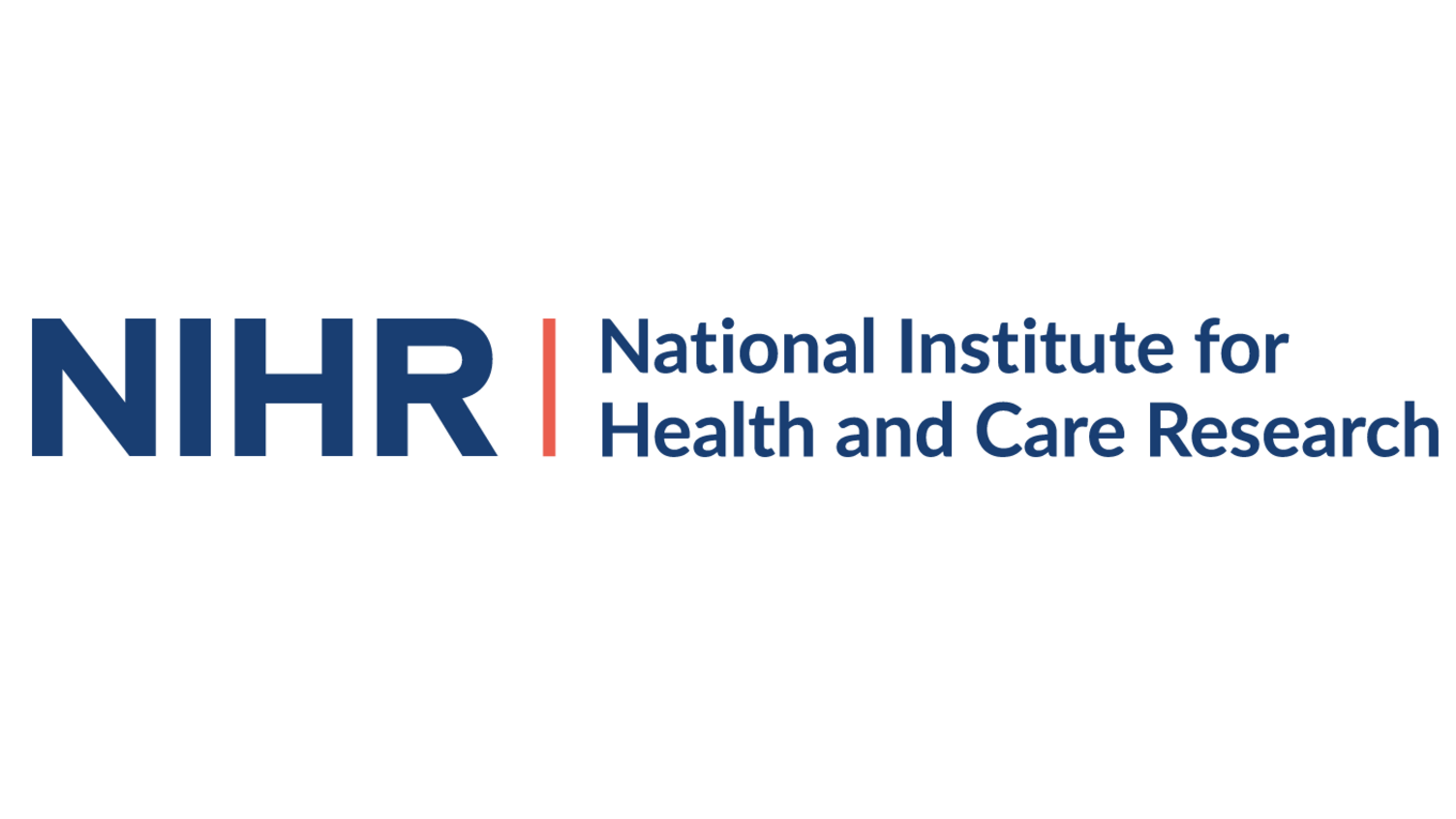Children’s Cancer Priority Setting Partnership – Developing animations to explain the JLA survey to children
- 16 September 2021
- 5 min read
Written by Faith Gibson, Susie Aldiss and Adam McNamara on behalf of the Children’s Cancer Priority Setting Partnership sub-group (Loveday Langton, Keeley McEvoy, Penelope Hart-Spencer, Rosa Reed-Berendt, Sonia Malik, Jess Morgan).
One of our primary goals with the Children's Cancer JLA Priority Setting Partnership (PSP) was to find out from children, those under the age of 16 years, what research we should do.
In our Teenage and Young Adult Cancer PSP (https://www.jla.nihr.ac.uk/priority-setting-partnerships/teenage-and-young-adult-cancer/downloads/Teenage-and-Young-Adult-Cancer-PSP-final-report.pdf (.PDF)) we received very few responses from young people aged 13-15, and few from those who were still on treatment. We absolutely recognised the challenges of engaging with these populations, in terms of reach and accessibility of the information. So, at the outset of the Children’s Cancer PSP we wanted to invest time, resources and energy in anticipating and resolving any challenges that could impact on participation.
What did we do first?
We harnessed the expertise in our PSP steering group, and formed a sub-group, to focus specifically on the children’s survey. The sub-group included: a hospital school teacher, health play specialist, psychologist, children’s cancer doctor, parent, research/policy lead from a children and young people’s cancer charity and two researchers who work primarily with children. We held several meetings, and began by drawing on published work about engaging with children, as well as examples of other JLA PSPs that had sought to involve children and young people (for example, http://www.jla.nihr.ac.uk/priority-setting-partnerships/learning-difficulties-scotland/; http://www.jla.nihr.ac.uk/priority-setting-partnerships/childhood-disability/; http://www.jla.nihr.ac.uk/priority-setting-partnerships/Mental-health-in-children-and-young-people/index)
What did we find out?
We could see that other PSPs, had a similar goal to involve children, but in the final reporting we could also see that few children, especially young children, had engaged. This was despite creative, and in the main face to face routes (focus groups, interviews, going into schools) to collect data. More recently, (https://onlinelibrary.wiley.com/doi/10.1111/cch.12904?af=R), these methods have proved to be very successful, and should be seriously considered by other children’s PSPs, when Covid restrictions are no longer in place. We, however, faced these restrictions, and so group face to face data collection was not an option.
Our main learning, from the Learning Difficulties PSP (http://www.jla.nihr.ac.uk/priority-setting-partnerships/learning-difficulties-scotland/), was that some children found it difficult to understand what is meant by research or how to phrase a question. In this PSP, they agreed to show as examples a list of existing questions that had been submitted by parents/carers and professionals. The language of the existing questions was then adapted to be child friendly. These accommodations helped children to complete the questionnaire with the help of the Occupational Therapists and Speech and Language Therapists. It was reinforced to us that we needed to find ways to help children understand what the process is, what is meant by research, and research questions. But also, that children might need some help, so harnessing parents/carers or professionals help might also assist children in the process.
What did we need to do?
We needed to produce some engaging materials that would help children to understand the process. Our original plan was for hospital school staff to work with children to complete the survey while they were in hospital or in the community. The teacher on our sub-group worked with other teachers to produce lesson plans for children and young people at different key stages in the national curriculum. The lesson content focused on explaining to children about research and engaging them in thinking about what matters to them and what questions about children’s cancer they would like to see answered by research, ending with completion of the survey. This approach was piloted in one cancer treatment centre.
Why did this first approach not work?
It quickly became clear that this approach was not working. Although a few children did participate in the lessons and completed the survey, feedback from the hospital school staff was that they were finding the lessons difficult to deliver, as there never seemed to be a good time. They felt that lessons in hospital were a time when children did not focus on their cancer and so asking them to think about their cancer experience and complete the survey did not feel appropriate. It was decided that the best way to reach children would be through their parents/carers, with some additional help from professionals to promote the survey to families. We wanted to help parents to explain the project and survey to their child(ren) and thought that animations would be a good way to do this.
How were the animations created?
Cartoons are accessible to everyone, they are non-threatening and associated with ‘being entertained’ and as such, they are great vehicles for explaining science. We looked for an animator with previous experience of explaining research projects to children and young people. One of our steering group members had worked with an animator, Adam from ScienceSplained (https://www.sciencesplained.com/) to do this previously. So, we approached Adam, and talked through what we thought we needed.
We decided to do two different cartoons, one for younger and one for older children that would allow audiences to self-select what looked most applicable to them. There was already an animation about the PSP process on the JLA website that was appropriate for young people. First, Adam created scripts that presented the information within a narrative structure that aligned with the target audience's own experience. For example, for the younger group the narrative was that the main character's friend had fallen off her bike and hurt herself and was now fearful of playing on her bike even though she was physically 'better'. It was relatable, focussed on psychological as well as physical effects and allowed us to explore impacts 'hidden' from doctors but 'seen' by children.
Second, storyboards and characters were developed, which we could change and tweak as appropriate at each stage, as we could during script development. Members of our sub-group were essential at each stage in providing the most useful feedback: it was a process that they really engaged in with a relatively fast tangible outcome. The visual experience, voice overs, music and sound effects really enhanced the sense of watching something entertaining, making the video something more than an 'informational video'.
What was the final outcome?
Our final product were two animations. Collaboration between Adam, and the PSP sub-group was essential during this process: bringing together technical and subject area specialist knowledge and expertise. There was shared learning between all of us.
The animations are available on the Children's Cancer PSP page of the JLA website.
Top tips
- Engaging with creative approaches to reach different audiences is essential in a PSP.
- Where there are known challenges, identify a sub-group to work on finding solutions.
- At the outset, allocate the funds to be used for this part of the process.
- Use an animator who has experience working with creating videos with PSPs and/or has experience working within the context of research and clinical trials. It will save you (and them) lots of time and frustration.
- Allow plenty of time to develop animations - our animations took six months. Adam’s turnaround time to get changes back to us was quick but we needed time to meet and discuss them with the sub-group.
More information about the Children’s Cancer Priority Setting Partnership is available here: https://www.cclg.org.uk/Childrens-Cancer-PSP


